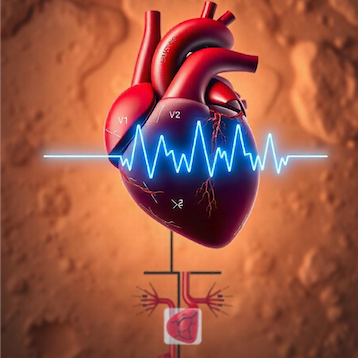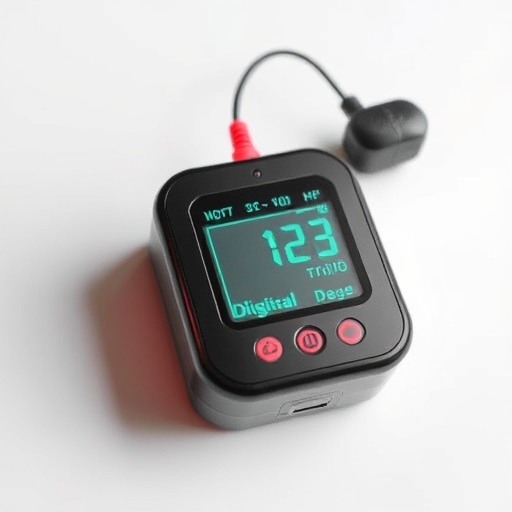Relaxin-2 for heart failure with preserved ejection fraction: a comment on the termination of a phase-II trial investigating the relaxin-2 analogue, LY3540378

Published: December 30, 2024
Abstract Views: 198
pdf: 46
Publisher's note
All claims expressed in this article are solely those of the authors and do not necessarily represent those of their affiliated organizations, or those of the publisher, the editors and the reviewers. Any product that may be evaluated in this article or claim that may be made by its manufacturer is not guaranteed or endorsed by the publisher.
All claims expressed in this article are solely those of the authors and do not necessarily represent those of their affiliated organizations, or those of the publisher, the editors and the reviewers. Any product that may be evaluated in this article or claim that may be made by its manufacturer is not guaranteed or endorsed by the publisher.
Similar Articles
- Andrew J.S. Coats, Global Cardiology issue highlights , Global Cardiology: Vol. 2 No. 2 (2024)
- Kamilu M. Karaye, Abdulrazaq G. Habib, Karen Sliwa, Epidemiology of peripartum cardiomyopathy in Africa , Global Cardiology: Vol. 2 No. 2 (2024)
- Elias Tassoulas, Dimitrios Tasoulas, Christos Papaconstantinou, Ioannis Chlorogiannis, Prognostic factors and outcome in patients submitted into coronary artery bypass surgery with total arterial myocardial revascularization , Global Cardiology: Vol. 2 No. 4 (2024)
You may also start an advanced similarity search for this article.

 https://doi.org/10.4081/cardio.2024.56
https://doi.org/10.4081/cardio.2024.56















